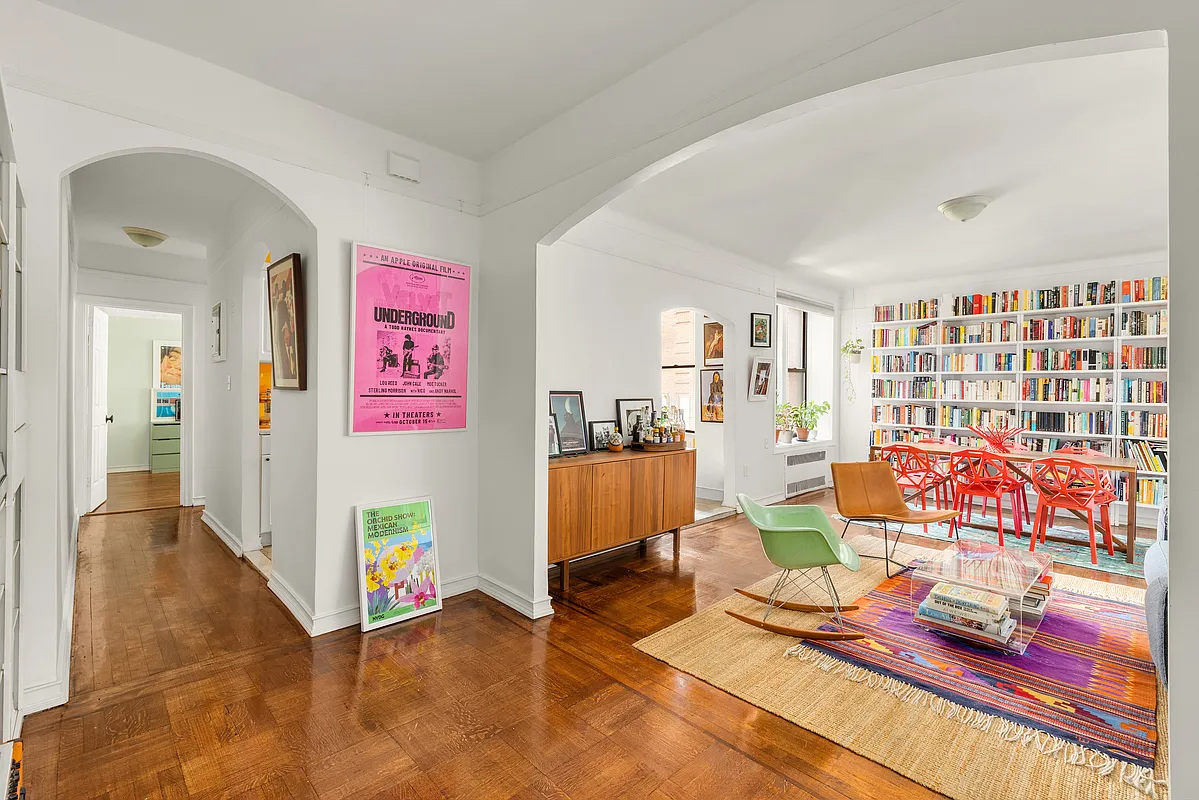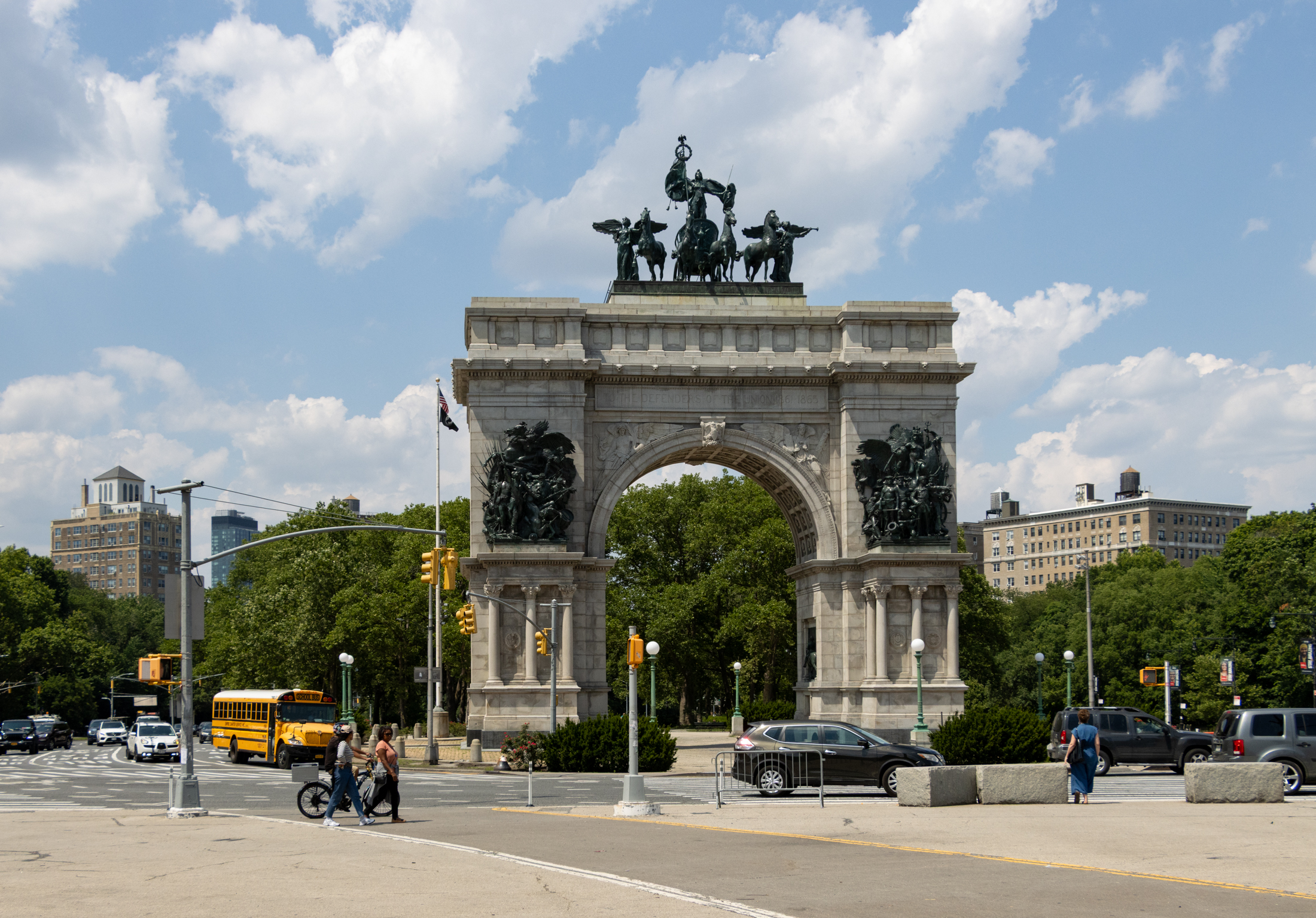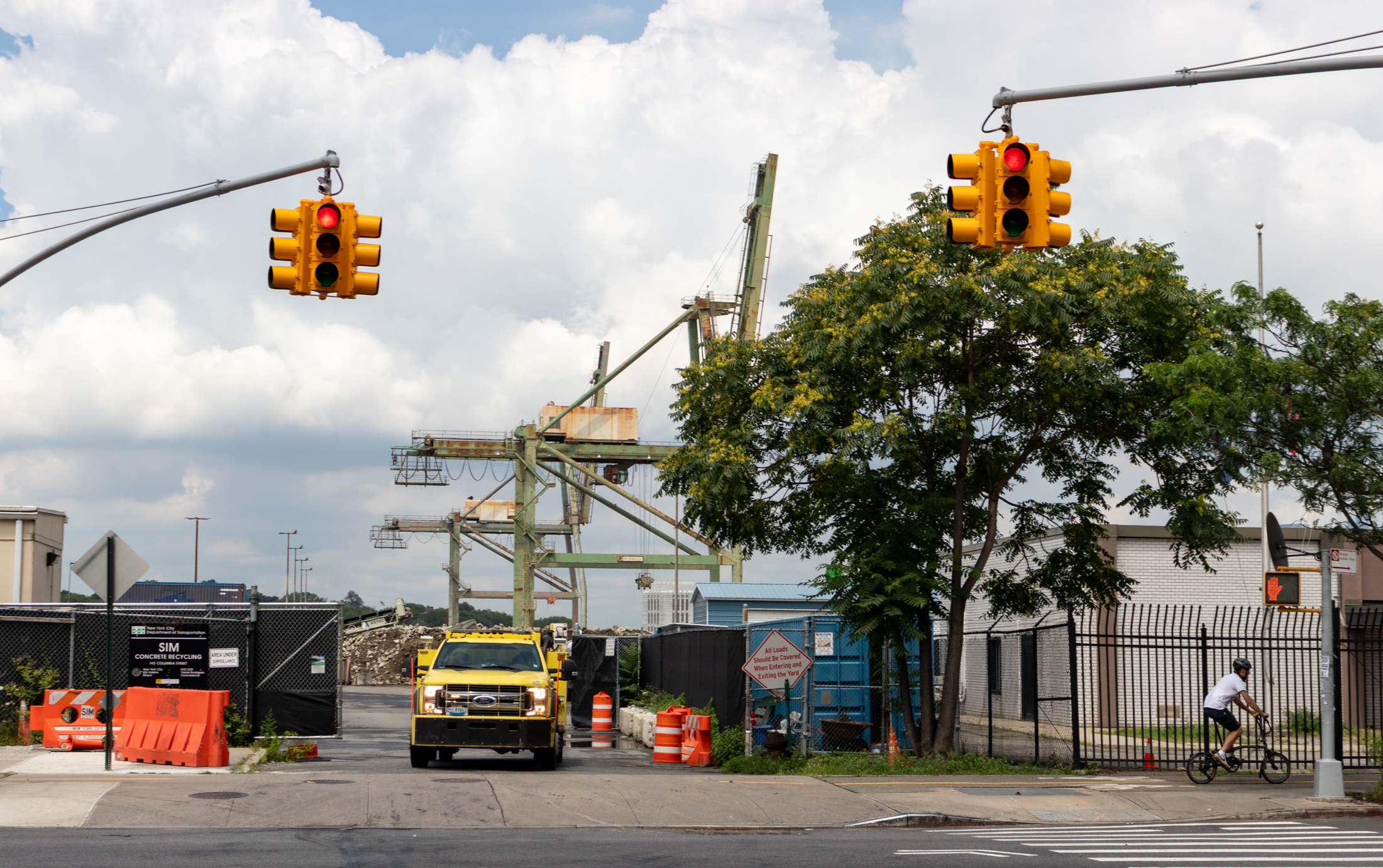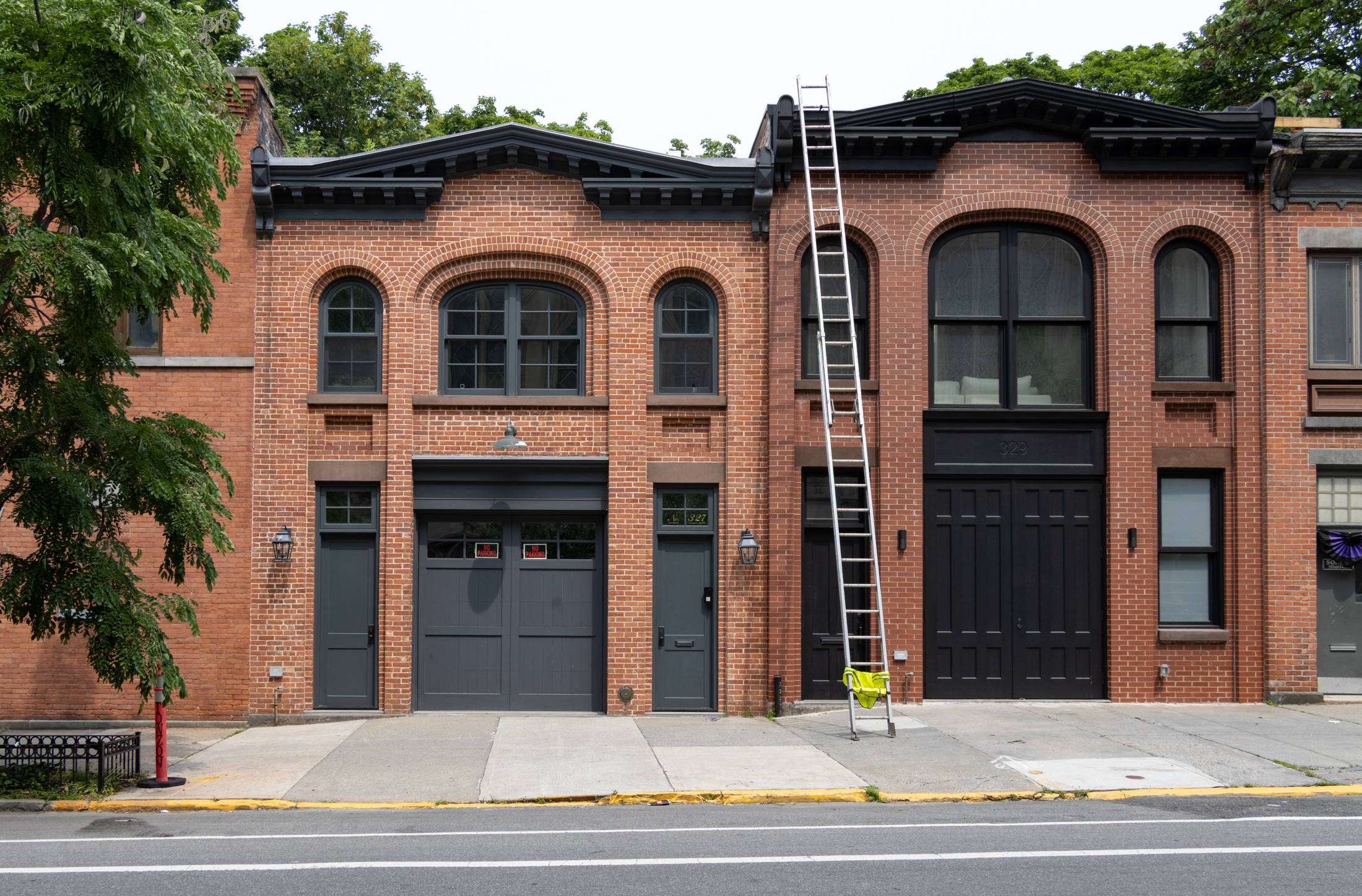Queenswalk: Addisleigh Park, Conclusion
Even though there was a restrictive covenant in place preventing African Americans from moving into the upscale part of St. Albans known as Addisleigh Park, by 1940, several prominent black celebrities had purchased homes there. The all-white community suburban community had expanded on the restrictive covenants written by the original developer of the neighborhood, Edwin…


Even though there was a restrictive covenant in place preventing African Americans from moving into the upscale part of St. Albans known as Addisleigh Park, by 1940, several prominent black celebrities had purchased homes there. The all-white community suburban community had expanded on the restrictive covenants written by the original developer of the neighborhood, Edwin Brown, ensuring that there would be no black homeowners in the enclave. When a couple of errant homeowners, both of whom had signed the pacts, then tried to sell to African American buyers, the larger community had risen up and sued them. They won the suits, too, preventing the sales. Housing discrimination was a fact of life in mid-20th century New York City.
All of this and the history of Addisleigh Park were told in Part One and Part Two of our story. But while the homeowners were guarding the front gates of the Park, people were getting in via the back. The white homeowners who feared that black neighbors would lower their property values woke up to find black homeowners moving in next door, in spite of the covenant. Some had purchased through white proxy buyers, and others had just quietly bought their property. These weren’t just ordinary black folks either. In the years during World War II and into the 1950s, Addisleigh Park became famous as the neighborhood where some of the wealthiest and most well-known black entertainers, athletes and celebrities lived in upper middle class splendor.
The law upholding restrictive covenants was overturned by the Supreme Court in 1948. That meant that anyone who could afford to buy a house in the community, no matter what their racial makeup, was able to do so. As whites fled in droves, their houses were purchased by well to do black folks, so many that by 1952, the neighborhood was now almost entirely African American.
The people who bought here did so for the same reasons whites had chosen the Park. They wanted to raise their children in a nice neighborhood, with yards, greenery, quiet streets, and peace and quiet and fine homes. One of the first to buy here was one of the most famous bandleaders in the world; Count Basie. He purchased 174-27 Adelaide Road in 1946, when he was at the height of his career. Lena Horne moved from St. Albans to Addisleigh Park that same year. Together, they opened the floodgates for many other well-known black figures.
In the few years following Count Basie’s and Lena Horne’s home purchases, they were joined by Jackie Robinson (1949), Mercer Ellington (1948), W.E.B. DuBois and wife Shirley Graham (1947), Illinois Jacquet (1950), Roy Campanella (1948) and Ella Fitzgerald (1949). The all-star lineup continued with R & B singer Brook Benton, and jazz artists Earl Bostic, Milt Hilton, Russell Jacquet, Rose Murphy, Slam Stewart and Cootie Williams.
In addition, James Brown, Fats Waller, Joe Louis, and Wild Bill Davis, lived here at some point, as did politicians and community leaders such as Percy Sutton, Archie Spigner, Queens businessman J. Foster Phillips and Westerfield A. Taylor, the first black Assistant District Attorney in Queens’ history, who came to his office in 1948. Also a resident was Clarence Irving, Sr. the founder of the Black American Heritage Foundation, and the founder of the US Postal Service’s Black Heritage stamp series.
Even with all of those luminaries, Addisleigh Park still had many more homes available. Most of the people who lived there were not famous, and most were not rich. They were thrifty, hardworking folk who had civil service jobs, worked for the Post Office, were teachers and educators, beauticians and barbers, bankers, lawyers, construction men and office workers. The price range and size and quality of homes allowed for all kinds of middle class homeowners, all cheek to jowl with some of the most famous black folks on earth. Interestingly enough, many of these famous homeowners lived in pretty ordinary homes. While one might expect them all to have the largest and finest homes, most did not.
The neighborhood remained stable and prosperous up to this day. Contrary to fears that a neighborhood with blacks would lose its property values, the values of homes in Addisleigh Park remained constant. They did not go down when the whites fled, and remained high, in spite of the general urban unrest of the 1960s and 70s. Many of the homeowners in Addisleigh Park participated in the activities of the Civil Rights Movement, either directly or by contributing funds, or starting programs in the inner city. Two of the city’s most successful minority owned financial institutions, Allied Federal Savings and Loan, and Freedom National Bank, were started and/or chaired by Addisleigh Park residents.
Because the neighborhood retained its architectural integrity, and because of the special circumstances involved in its history, and the cultural significance of its celebrity residents, Addisleigh Park was designated a historic district by the Landmarks Preservation Commission in 2011. In the report, the importance of this special neighborhood was noted by the Commission. They wrote:
What Addisleigh Park represented to African Americans was a safe community in which to raise their children, so that they may reap the rewards of suburban living within the boundaries of New York City; that today Addisleigh Park remains a distinctive enclave with a remarkable sense of place due to its period revival style houses that are set back from the street on spacious well-landscaped lawns and its remarkable history that illuminates African Americans‟ struggle for and achievement of the basic civil right of home ownership.
(Photo:174-07 Adelaide Road, the Count Basie house. Christoper D. Brazee for Landmarks Preservation Commission)









What's Your Take? Leave a Comment